PsychNewsDaily Publishers
100 Summit Drive
Burlington, MA, 01803
Telephone: (320) 349-2484
PsychNewsDaily Publishers
100 Summit Drive
Burlington, MA, 01803
Telephone: (320) 349-2484
Creativity involves generating original ideas through cognitive processes influenced by internal and external factors, manifesting in various domains such as art and problem-solving.
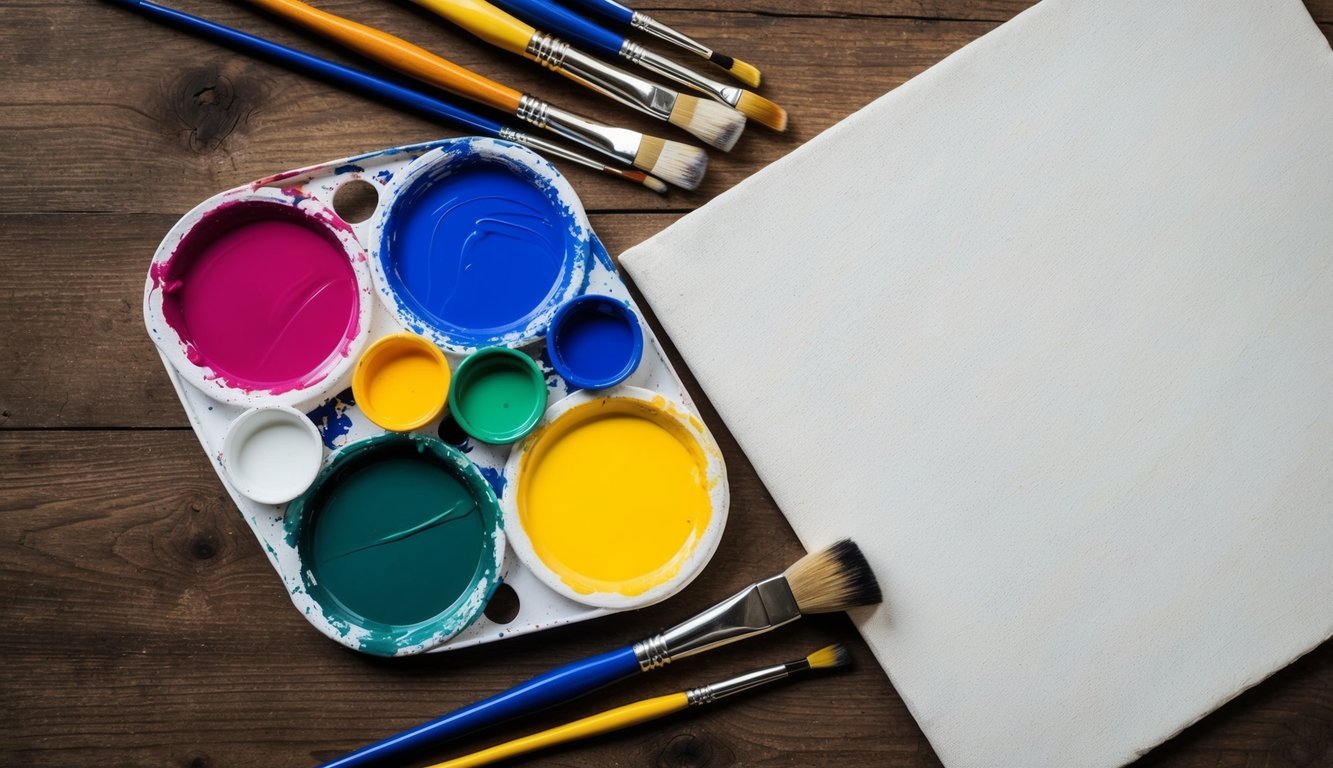

Creativity is an intricate cognitive process that involves the formation of original and valuable ideas or solutions. It encompasses a multitude of mental functions and is shaped by both internal and external influences.
Creativity is defined as the capacity to generate unique and beneficial ideas, solutions, or products. This process involves both divergent thinking, which produces a range of ideas, and convergent thinking, which focuses on narrowing down choices to discover the most effective solution.
Creative thinking often merges existing knowledge in innovative ways, necessitating cognitive flexibility and the ability to make surprising connections. While originality is essential, the generated ideas must also be relevant and meaningful in their respective contexts.
Creativity can manifest across numerous domains, including artistic creation, scientific exploration, and everyday problem-solving.
Cognitive science sheds light on the neural mechanisms that contribute to creativity. Neuroimaging research has shown that creative thought activates various brain networks working synergistically.
The default mode network, linked to mind-wandering and imaginative thought, plays a pivotal role in generating creative ideas. It collaborates with executive control networks to assess and refine these ideas.
Research indicates that creativity entails:
Studies further demonstrate that creativity doesn’t reside solely in one hemisphere of the brain; instead, it encompasses interactions across the entire brain.
Psychological aspects have a significant impact on creative potential and outcomes. While intelligence can play a role in creativity, it remains a distinct concept. A high IQ does not automatically translate to creative ability.
Personality traits linked to creativity typically include:
Intrinsic motivation, which arises from personal interest and enjoyment, often propels creative activities more effectively than external incentives.
Environmental elements are also crucial. A nurturing and stimulating environment can enhance creativity, whereas imposing limitations might stifle it.
Psychological research highlights that creativity can be developed and augmented through practice, exposure to varied experiences, and targeted cognitive strategies.
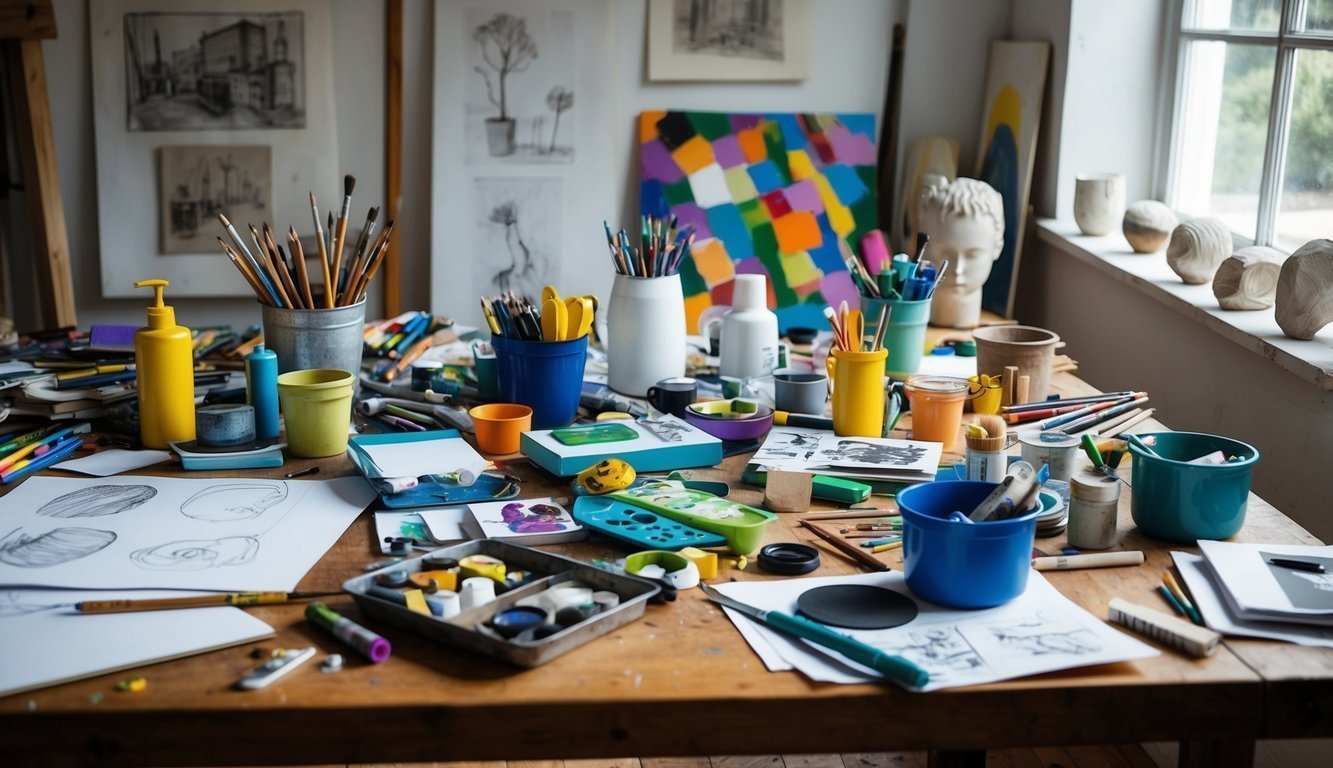
Enhancing creative capabilities necessitates specific strategies, educational methods, and mental tools that collectively promote innovative thinking and elevate problem-solving skills.
Brainstorming sessions facilitate the unrestricted flow of ideas without facing criticism. This technique allows unusual thoughts to be generated.
Mind mapping allows for the visual organization of ideas, encouraging connections among disparate concepts.
Lateral thinking exercises stimulate questioning of assumptions and the exploration of alternative viewpoints, aiding individuals in breaking free from conventional thought patterns.
Improvisational activities, common in theatrical training, can enhance spontaneity and flexibility in creative thinking, enabling individuals to swiftly adapt and generate fresh ideas.
Consistent practice of these techniques can develop one’s creative faculties and boost innovative productivity.
Educational institutions play a vital role in fostering creativity. Project-based learning motivates students to creatively apply their knowledge in resolving real-life issues, thereby promoting innovation and critical thinking abilities.
Interdisciplinary studies grant students exposure to various fields, encouraging the cross-pollination of ideas, which can lead to novel insights and solutions.
Arts education is crucial for nurturing imagination and self-expression. Classes in music, visual arts, and drama provide opportunities for creative exploration.
Educators who exemplify creative thinking and reward ingenuity inspire students to think creatively. Fostering a classroom culture that respects originality encourages students to embrace creative risks.
Practices such as mindfulness can enhance focus and awareness, which are essential for the creative process. Engaging in regular meditation has been shown to improve cognitive flexibility and receptiveness to new ideas.
Emotional intelligence is crucial to creativity. The ability to understand and regulate one’s emotions can facilitate better self-expression and empathy, both essential for innovative thinking.
Encouraging intrinsic motivation enables individuals to engage in creative projects for personal fulfillment rather than external rewards. This internal drive leads to work that is often more genuine and original.
Adopting a growth mindset allows individuals to view challenges as opportunities for learning and growth, fostering resilience amid creative difficulties.
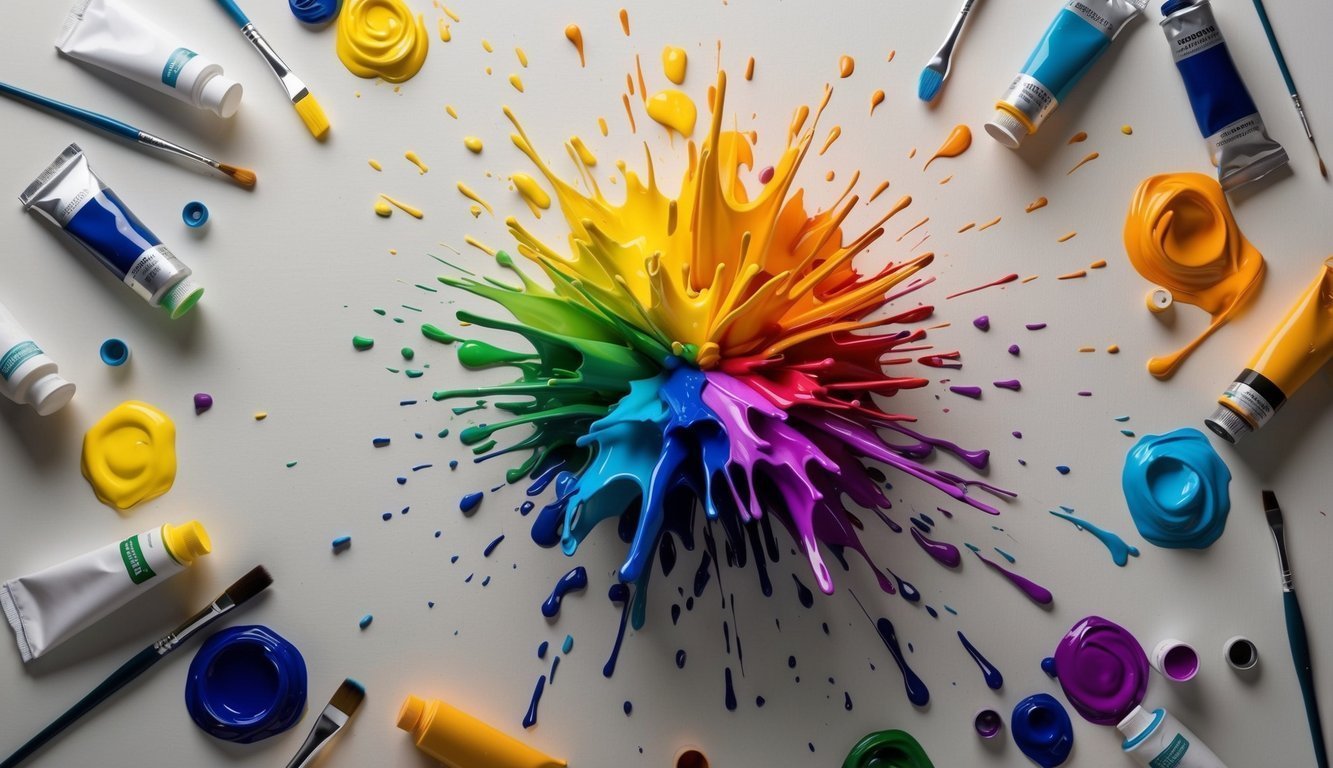
Individuals who are creative often possess unique characteristics and develop through various cognitive and social processes. They confront distinct challenges while seeking personal growth and self-actualization.
Creative people generally exhibit openness to experience, welcoming novelty and unconventional ideas. They also show heightened curiosity, always seeking new information and encounters.
Flexibility is another important trait, enabling them to adjust their thinking and address problems from various viewpoints. Moreover, creative individuals are often passionate about their interests, showing a deep commitment to their craft.
Discipline is essential in directing creative energy into productive outcomes. This combination of passion and discipline facilitates mastery in their chosen areas.
The growth of creativity is influenced by both cognitive and social factors. Key elements of creative thought processes include cognitive flexibility, divergent thinking, and problem-solving skills.
Mechanisms of individual creativity contribute to developing these cognitive skills, incorporating strategies for idea generation and analogical reasoning.
Social engagements and environments significantly nurture creativity. Exposure to various perspectives and collaborative experiences can enhance creative thinking and support innovation.
Creative individuals often encounter unique obstacles in their quest for self-actualization, including perfectionism, self-doubt, or fear of criticism.
Finding a balance between creative exploration and practical limitations can be particularly tough. Creative people must navigate societal expectations while preserving their artistic integrity.
Nonetheless, these challenges can create avenues for personal growth. Overcoming such hurdles can lead to increased resilience, self-awareness, and a clearer understanding of one’s creative journey.
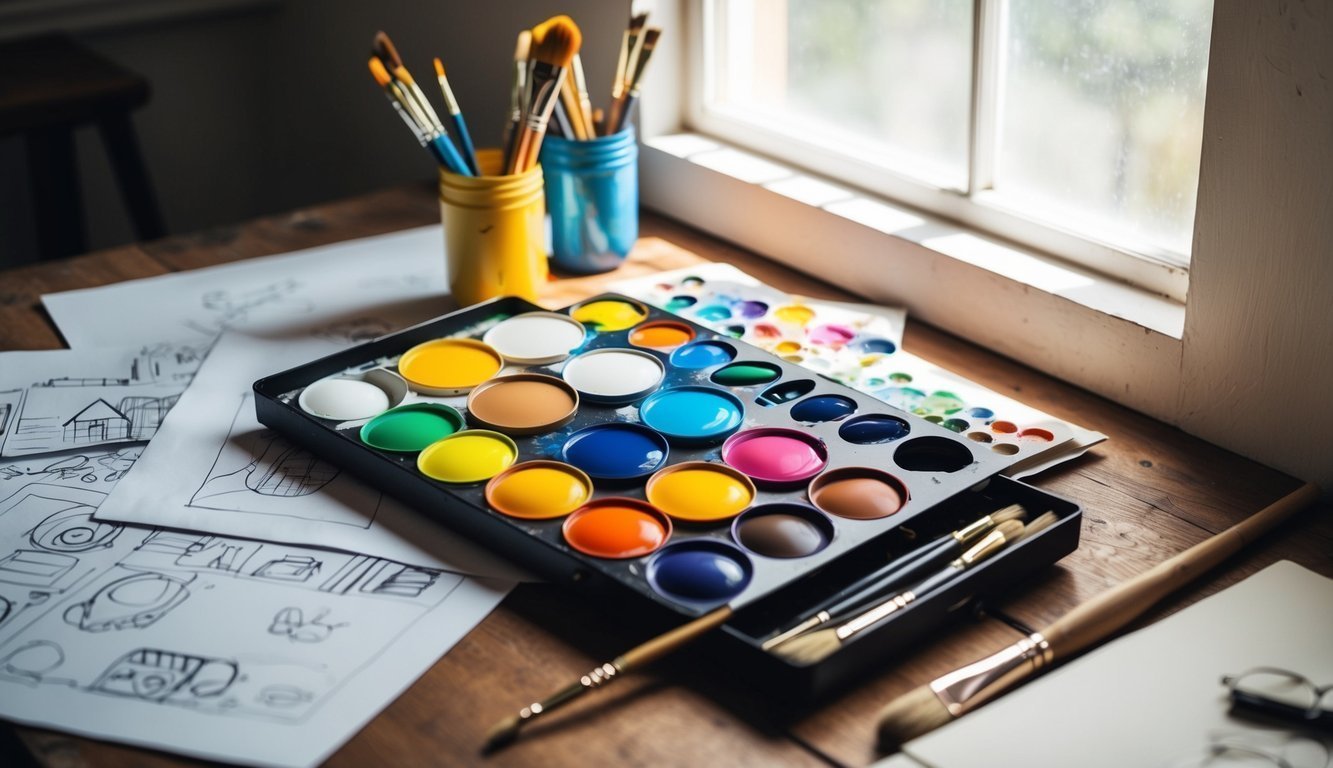
Applying creativity in practical situations entails using innovative thinking to address challenges, fostering a creative environment within professional settings, and tapping into creative potential to boost productivity. Such concrete applications of creativity propel progress and nurture growth across diverse fields.
Creative problem-solving stands as a foundational element of innovation and invention. It encompasses tackling challenges from inventive perspectives and generating unique solutions. The creative process frequently includes stages of ideation, experimentation, and refinement.
Essential strategies for creative problem-solving include:
These techniques empower individuals and groups to break free from conventional thought patterns. The “eureka moment” often arises when seemingly unrelated ideas connect in unforeseen ways.
Successful creative problem-solving demands:
By embracing these principles, individuals can craft more effective solutions for intricate challenges.
Establishing a creativity-friendly environment is crucial for organizations aiming for innovation. Leaders play an essential role in fostering a creative culture by promoting idea-sharing and risk-taking.
Strategies to enhance creativity at work include:
The layout of physical workspaces also impacts creativity. Open designs, communal areas, and quiet zones for reflection can all contribute to a more creative atmosphere.
Psychological safety is essential for creativity to thrive. Employees should feel secure in expressing unconventional ideas without fear of ridicule or retaliation.
Adopting creative methods can greatly enhance productivity across numerous sectors. By crafting innovative solutions, individuals and teams can optimize processes and attain superior results with fewer resources.
Key advantages of creative productivity include:
Implementing creative practices in service innovation demonstrates that creativity can lead to substantial gains in customer satisfaction and operational efficiency.
Assessing the impact of creativity on productivity can be complex; however, metrics such as the number of new ideas put into action, time saved through novel processes, and customer satisfaction with creative solutions can yield valuable insights.
Organizations that successfully integrate creativity into their workflows often experience enduring growth and maintain a competitive advantage in their respective industries.
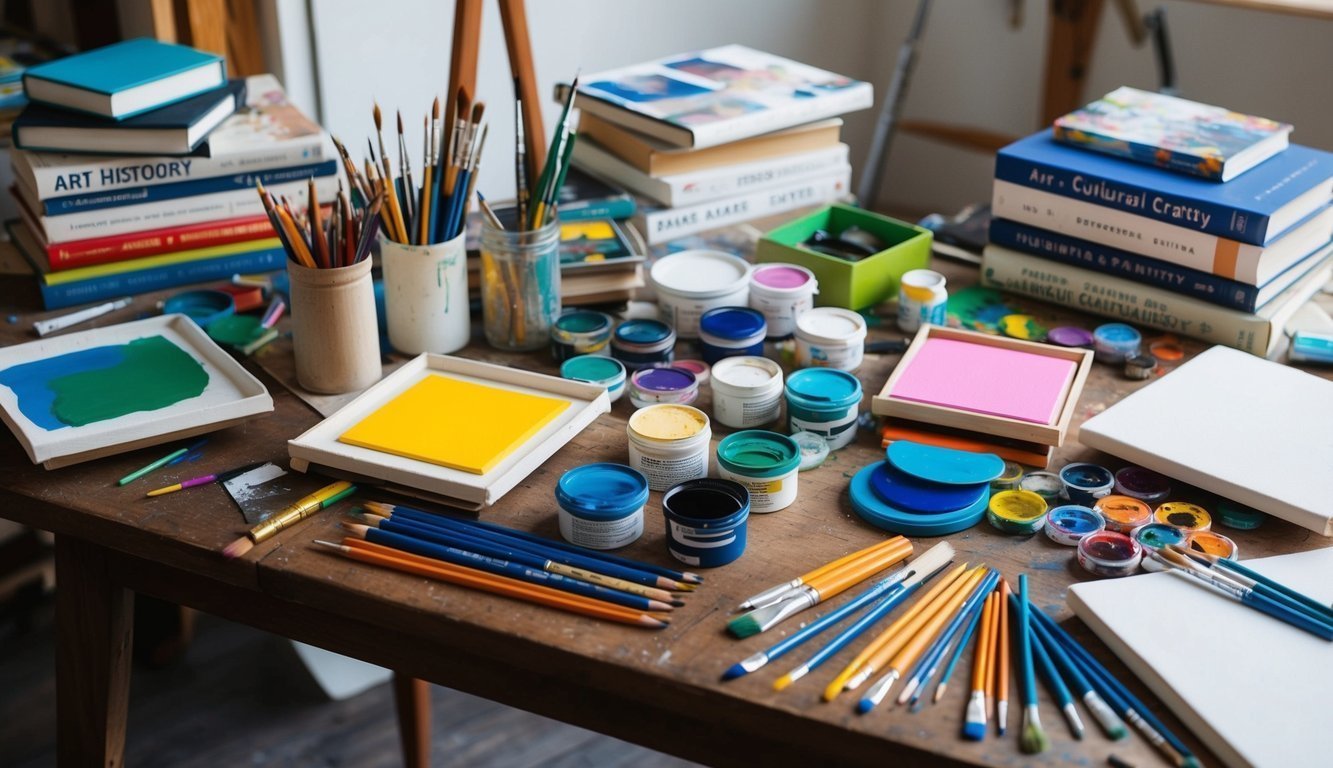
Throughout history, the concept of creativity has undergone significant evolution, influenced by cultural dynamics and societal transformations. Various eras have brought forth distinct interpretations and expressions of creative thought, leading to groundbreaking movements and innovations.
In ancient civilizations, creativity was frequently attributed to divine inspiration. The Greeks regarded the Muses as the source of artistic motivation. This notion of creativity as a social construct endured for centuries.
During the Renaissance, creativity became closely linked with human ingenuity, as artists and intellectuals were celebrated for their individual brilliance, signifying a transition from divine to human-centric creativity.
Contemporary psychology has introduced fresh frameworks for understanding creativity. The Four C Model categorizes creativity into mini-c, little-c, Pro-C, and Big-C levels, acknowledging its presence in both everyday life and extraordinary achievements.
The Renaissance remains remarkable for its extraordinary creative output. Innovations in art, science, and philosophy from this period still sway modern thought.
The Industrial Revolution ignited technological creativity, resulting in inventions that reshaped society, emphasizing the relationship between creativity and practical problem-solving.
The 20th century witnessed the emergence of diverse artistic movements, each redefining creative expression; for instance, Surrealism delved into the unconscious mind as a fountain of creativity.
In recent years, cultural evolutionary theories have illuminated how creativity propels human innovation and social change. This perspective examines creativity’s role in adapting to new challenges and environments.
“`